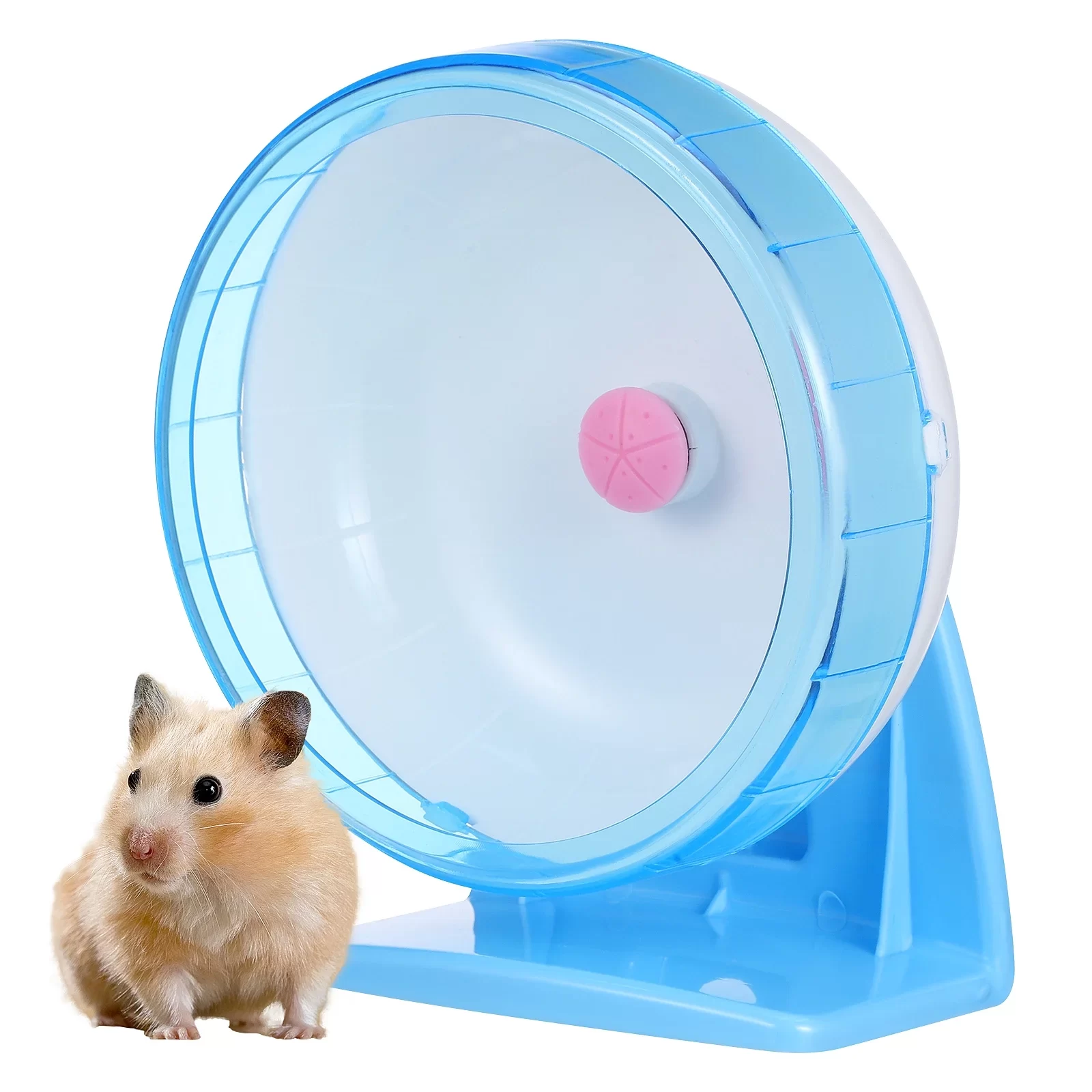How to Train a Hamster to Run on a Wheel: Expert Tips for Hamster Training Success
- Training Your Hamster to Run on the Wheel
- Choosing the Right Wheel for Your Hamster
- Understanding Hamster Behavior and Habits
- Common Training Mistakes to Avoid
- Creating a Positive Training Environment
- Recommendations for Hamster Products
1. Training Your Hamster to Run on the Wheel
Training a hamster to run on a wheel is not as complicated as it may seem. Start by placing the wheel in your hamster's cage and allowing them time to explore it. Hamsters are naturally curious creatures, and with a little patience, they will often take to the wheel on their own.
To encourage your hamster, you can gently guide them to the wheel or place a small treat near it. This helps to create a positive association with the wheel. It’s essential to be patient and give your hamster time to adjust at their own pace.
2. Choosing the Right Wheel for Your Hamster
When selecting a wheel for your hamster, it’s crucial to choose one that is the right size and design. A wheel that is too small can cause discomfort, while one that is too large can be difficult for your hamster to use effectively. Ensure the wheel is solid rather than barred, as bars can hurt their feet and legs.
The wheel should be easy to turn and provide a smooth surface. Consider getting a silent wheel to reduce noise, especially if the cage is kept in a bedroom or living area.
3. Understanding Hamster Behavior and Habits
To successfully train a hamster, it’s important to understand their natural behaviors. Hamsters are nocturnal, meaning they are most active during the night. This is when they will likely use their wheel the most. Training during the day may not be as effective as at night, so plan accordingly.
It’s also helpful to observe your hamster’s preferences. Some hamsters may take to the wheel immediately, while others may need more time and encouragement. Be patient and adjust your training approach based on your hamster’s unique personality.
4. Common Training Mistakes to Avoid
One of the most common mistakes when training a hamster is rushing the process. Hamsters are small, sensitive creatures, and forcing them to use the wheel too soon can lead to stress and frustration. Avoid forcing them onto the wheel; instead, create a welcoming environment and allow them to explore the wheel on their terms.
Another mistake is choosing an inappropriate wheel. A wheel that is too small or poorly designed can be harmful to your hamster’s health. Make sure to choose the right wheel that is comfortable and safe for your hamster.
5. Creating a Positive Training Environment
For the best results, you need to create a positive and enriching environment for your hamster. Make sure their cage is spacious, clean, and filled with opportunities for play and exploration. The more comfortable and happy your hamster feels, the more likely they will be to use the wheel regularly.
Provide your hamster with different toys, tunnels, and activities to keep them engaged and active. This will not only help with wheel training but also promote overall health and well-being.
6. Recommendations for Hamster Products
If you’re looking for the best hamster products to aid in wheel training, consider getting a high-quality hamster wheel from a trusted brand. A wheel made from durable, pet-safe materials will ensure your hamster’s safety and comfort. You might also want to explore hamster enrichment items such as exercise balls, tunnels, and chew toys.
For more hamster care products, check out Hidden Brook Veterinary for top-notch hamster care supplies and advice.










